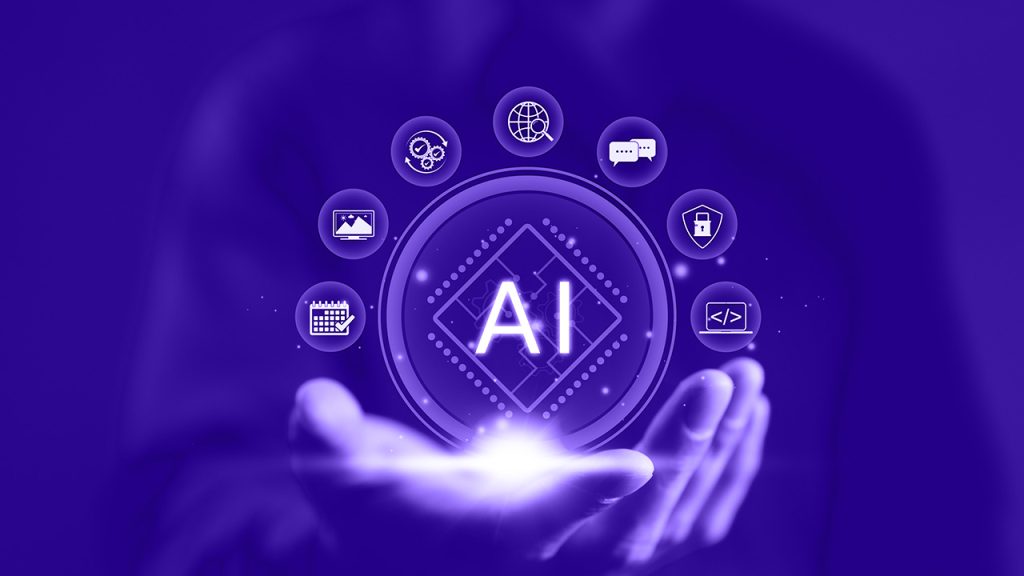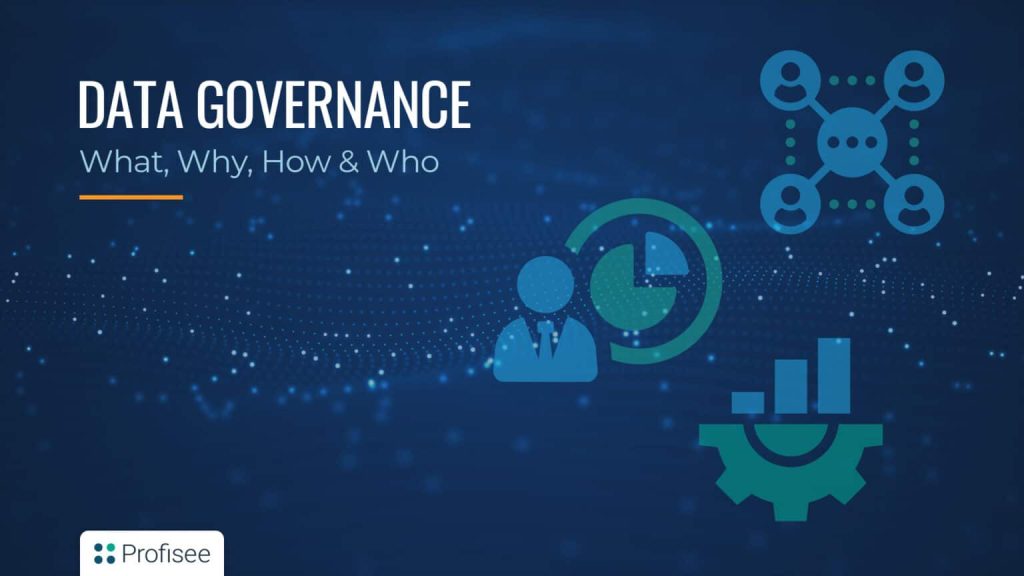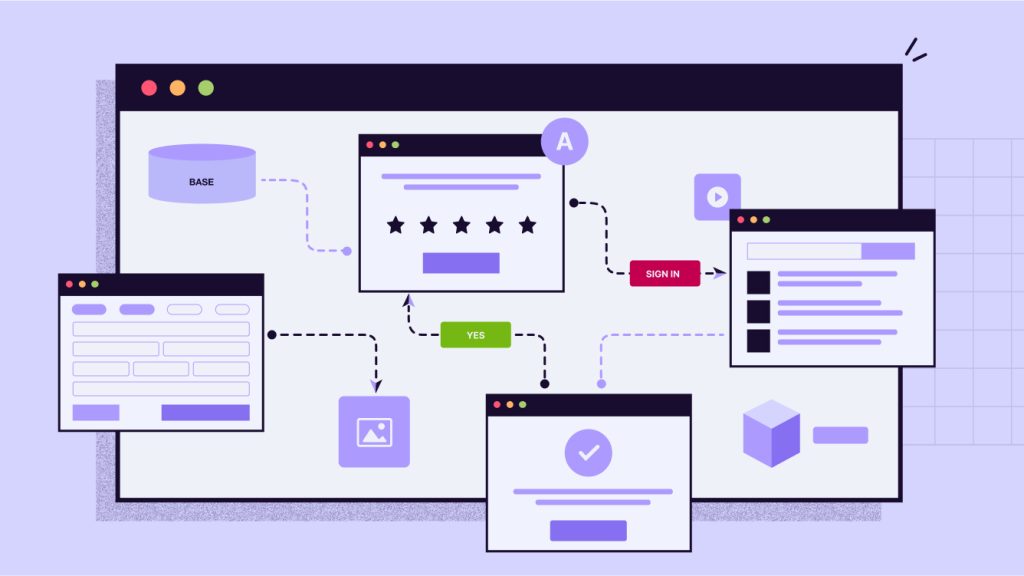Integrate AI into BI Strategies Data is the lifeline of the modern business world, and Business Intelligence (BI) tools have long been considered the trusted tools for analysing, interpreting, and offering insights into the vast amounts of available data. In this day and age where real-time decision-making is critical, traditional BI solutions are not enough. This is where artificial intelligence (AI) comes into action, taking the stage and not only as a collaborator, but also as a strategic enabler for businesses. AI and BI have become one major aspect and they are no longer separate entities. This integration is changing and transforming how businesses function today and extract value from data. However, AI integration into BI strategy must extend beyond just adding a few algorithms to the dashboard. The process at the core should explore fundamental AI and BI levels of enhancement and strategically implement them to unlock the potential of true data intelligence. From Static Reports to Adaptive Insights Traditional BI systems can only report past trends and create dashboards summarizing the important metrics from the past. However, static reports can tell only what has happened and they are not equipped to reveal future occurrences. BI is like a rear-view mirror and it can show what has happened but with AI, it can move from predictive to a prescriptive tool. For example, in-built machine learning (ML) algorithms along a BI platform might project future trends based on the inferences drawn from the historical data patterns. Rather than offering simply factual figures of the last quarter, an AI-powered BI system may be able to forecast the revenue of the next one and suggest how further enhancement of performance can be made. Natural Language Processing (NLP) goes a step ahead so that executives can challenge BI tools using plain English itself. Subsequently, one pointed question, for example, “What are the key factors behind our sales decline?” will produce an insightful answer from AI within seconds. Automating Data Preparation: The Big Breakthrough One of the main challenges in BI has always been the handling of data: cleaning, making certain that it is structured, and transforming it into a form that can be used. This whole process is now automated through: By automating these tedious tasks, AI allows data analysts and decision-makers focus more on insight rather than data cleansing. Real-Time Decision Making with AI-Driven BI Fast-moving businesses of today can greatly benefit from real-time insights that could mean the difference between success and failure. AI-infused BI systems allow organizations to shift from reactive to proactive decision-making by: Overcoming Integration Challenges It is easier said than done though. AI seems to be helpful for BI but it is not always simple to harmonize into the BI arena. Many businesses face the following barriers: The Future of AI-Powered BI Cognitive Analytics is the next step of an AI-driven BI where AI not only processes data, but also understands the context, sentiment, and intent. AI-driven BI systems are already moving on to be merged with Generative AI, automatically summarizing key insights in human-like language. As businesses increasingly rely on AI-driven insights, the role of BI lies in transitioning from being a data aggregator to providing intelligent advisory roles. The key to success lies in embedding AI seamlessly into BI strategies—leveraging automation, real-time analytics, and predictive intelligence while maintaining human oversight. AI-driven BI is not about just speed or about making the processes faster, it is about making them smart. Businesses that embrace this shift will be better equipped to navigate uncertainties, seize opportunities, and stay ahead of the competition. So, the real question shouldn’t be whether AI should be part of the BI strategy; it should rather be: how soon can you make it?



